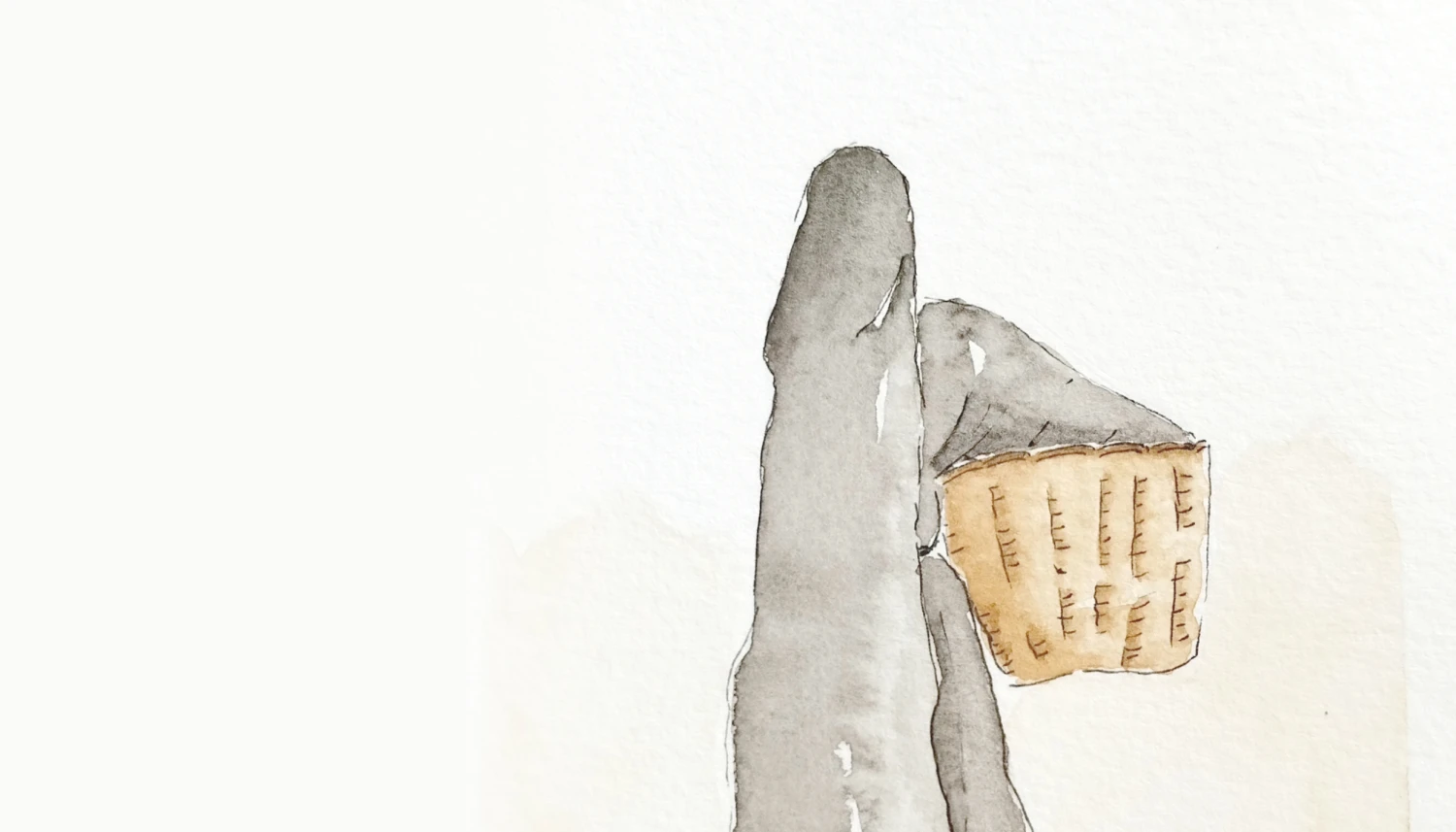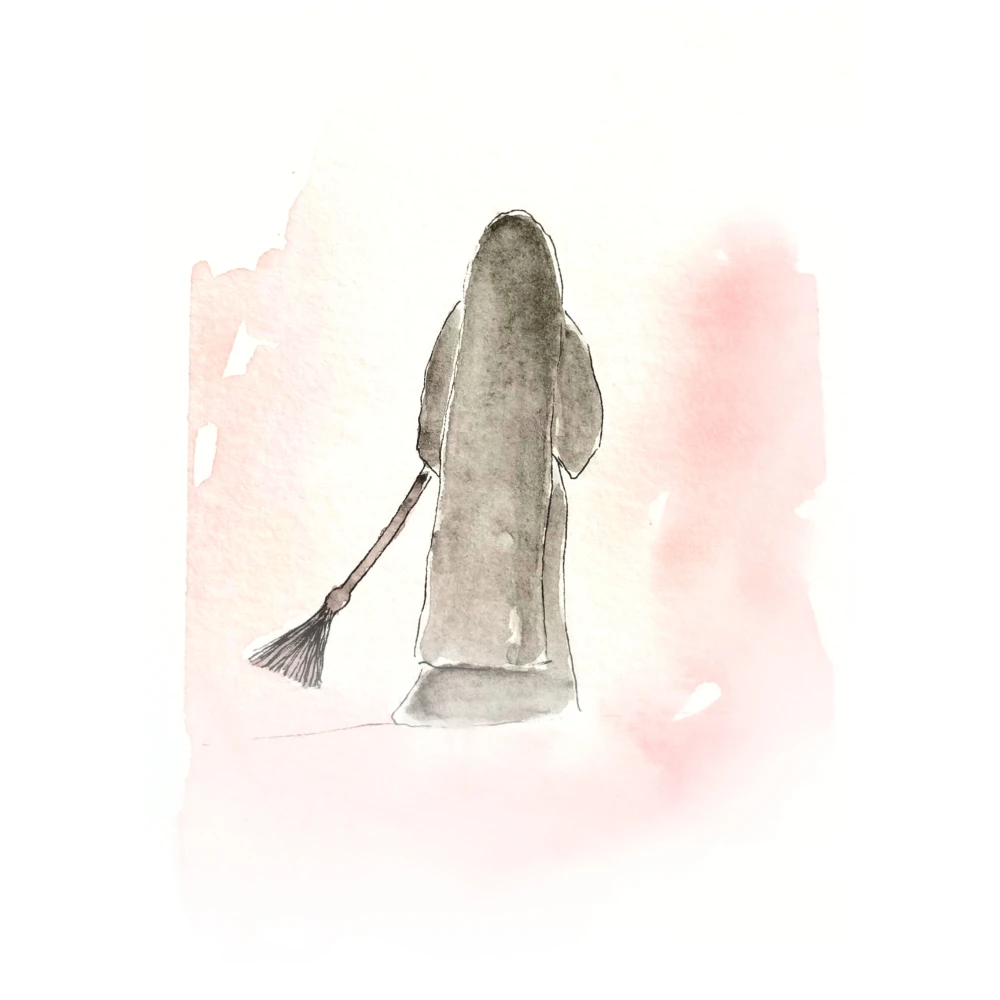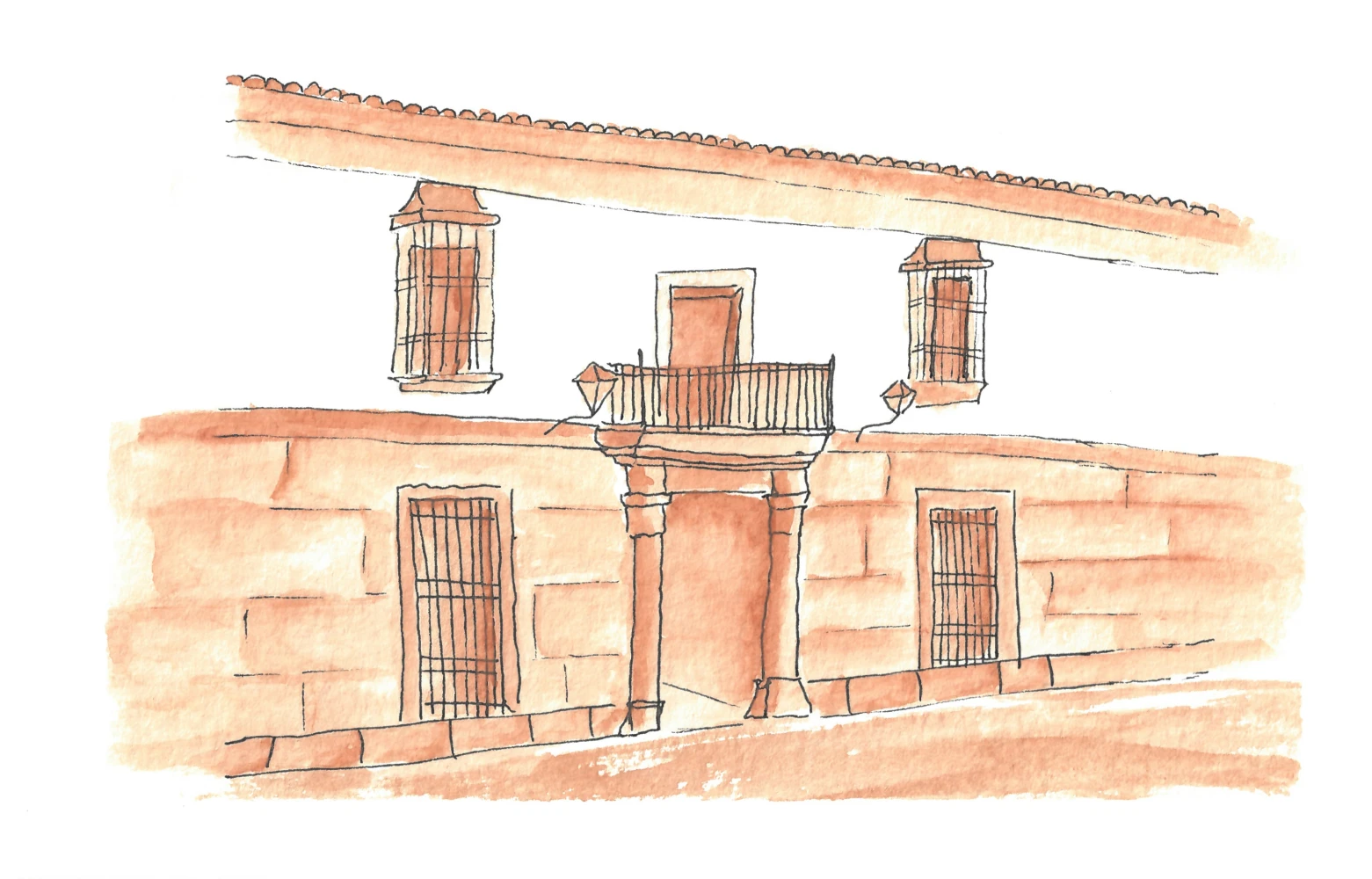Saint Raphaela Mary and Mother Pilar
"Saint Raphaela Mary embodied the characteristics that define a Handmaid of the Heart of Jesus. Her life is for us a sure path in the search for our identity. She knew how to find God in all things. She lived deeply the love for Christ in the Eucharist and the concern of His Heart for the salvation of humanity.
She worked to make the Congregation a united family in which, ‘with one heart and one soul,’ we would live out our reparative mission. With ‘humble love’ she offered the Lord her freedom, her whole being, and all she had, and she shared with Him a truly crucified life, in which she accomplished her greatest work: to surrender herself to God’s will without placing the slightest obstacle in its way.” (Constitutions No. 15)


“For a long time, we were served, now it is our turn to serve God and others"
The death of their mother also marked a turning point in the lives of the two sisters. From that moment on, Raphaela and Dolores began tirelessly dedicating themselves to helping the poorest families, bringing them food, clothing, and caring for the sick.
Most of the time, they did so in secret, as their older brothers disapproved of two young women engaging in such activities alone. With the help of a few servants, they would quietly leave through the back door of the house so that their brothers wouldn’t notice.
Two different temperaments, one common vocation…
A priest who arrived in Pedro Abad and became Raphaela and Dolores’ spiritual director, made them a proposal: to open a school in partnership with the Society of Mary Reparatrix, a French congregation, to help address the lack of Catholic schools in Spain.
They accepted, and a group of young women joined them. They began living as novices with the Reparatrix Sisters in the family home in Córdoba. There, they discovered two treasures that would deeply shape the future Congregation of the Handmaids: Adoration of the Blessed Sacrament and Ignatian Spirituality, rooted in the Rules of Saint Ignatius.
A year later, difficulties arose, and the Reparatrix Sisters withdrew from Córdoba. Raphaela and Dolores—who by then was using the name Pilar—decided to remain, along with the 14 novices who were living there.
The bishop appointed Raphaela Mary as the community’s superior. She wanted to be the last, but she was called to be the first—and she accepted it with both heart and mind. Pilar took on the difficult task of managing the finances and daily needs.
“We want the Rules of Saint Ignatius!”
Everything seemed to be going well, and the novices were preparing to make their vows and promise obedience to the bishop. But unexpectedly, the bishop drastically changed the rules of religious life they had been following, imposing his own. They could not accept this.
To avoid disobedience, they made the only decision possible: to change dioceses. With the support of Father Ortiz, they moved to Andújar, which belonged to a different diocese.
“I have no ambition to be a foundress”
Through unexpected paths, the two sisters and the group of novices eventually settled in Madrid in 1877, resuming religious life in the way they felt God was calling them: following the Rules of Saint Ignatius, dedicating themselves to the education of poor children and to Eucharistic Adoration, with the Eucharist as the root of their congregation.
It was there that the first community of the Handmaids of the Sacred Heart of Jesus was born. There, Raphaela Mary and Pilar, together with five other novices, made their vows. The congregation had come to life.
The tree began to grow and bear fruit: new foundations were established, the Constitutions were written, and after their approval, the first General Government was elected in 1886. Raphaela Mary was unanimously chosen as Superior General, with her sister Pilar as Assistant.

Until then, the two founding sisters had lived in unity, but difficulties began to arise. They had different temperaments and visions regarding important aspects of the Institute’s governance.
Raphaela served in leadership for 16 years. She was always concerned for the well-being of each Sister, encouraging coherence of life, inner growth, and the unity of the community.
When the conflicts deepened - not only with Pilar, but also with the other Assistants—Raphaela, in order to preserve unity, decided to go to Rome and delegated the leadership to her sister. She remained there for thirty-two years, from 1892 to 1925, withdrawn and forgotten, regarded by many as mad. But even in silence, she stayed attentive to the world and to the expansion of the Institute, praying and helping however she could. What might have seemed like a life of sorrow and failure became instead a path of fruitfulness and holiness.
“God loves us as the apple of His eye.”
In the role of Superior General, she was replaced by Pilar, who quickly encountered the same difficulties. History repeated itself, once again uniting the sisters in suffering and in self-giving. Raphaela supported her with advice and letters until, like her, Pilar also resigned from the governance of the congregation.

Devoted to prayer and simple domestic tasks, Raphaela Mary in Rome and Pilar in Valladolid watched from afar as the work born of their love and nourished by their suffering continued to grow.
Serene, they always trusted in the faithful God, certain that, through His ways, He would guide the Institute that had begun through them. Pilar passed away in 1916; Raphaela Mary in 1925.
Raphaela Mary was beatified on May 18, 1952, and canonized on January 23, 1977 - her life recognized as one poured out and shared, in silence and simplicity, for all.

